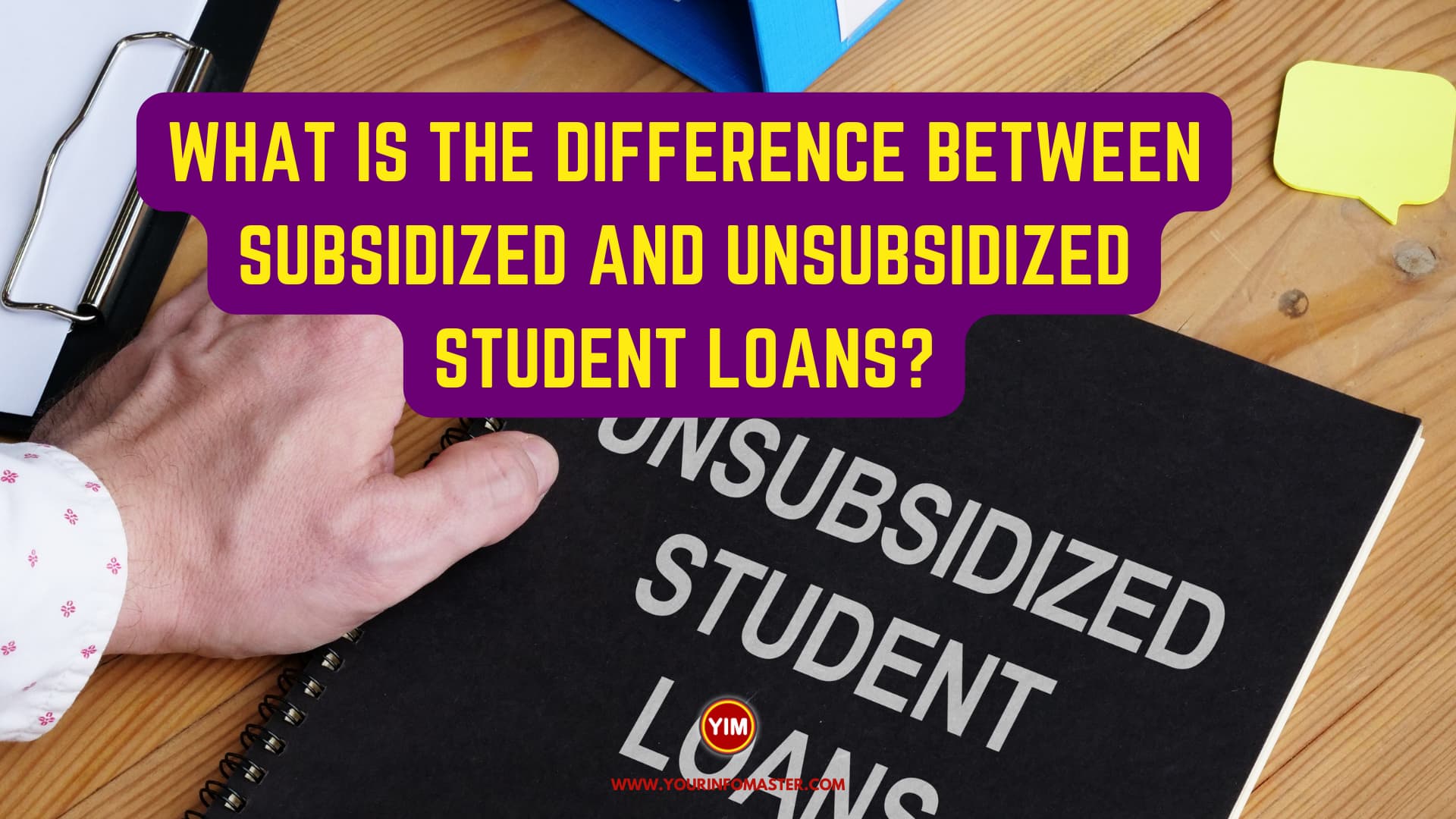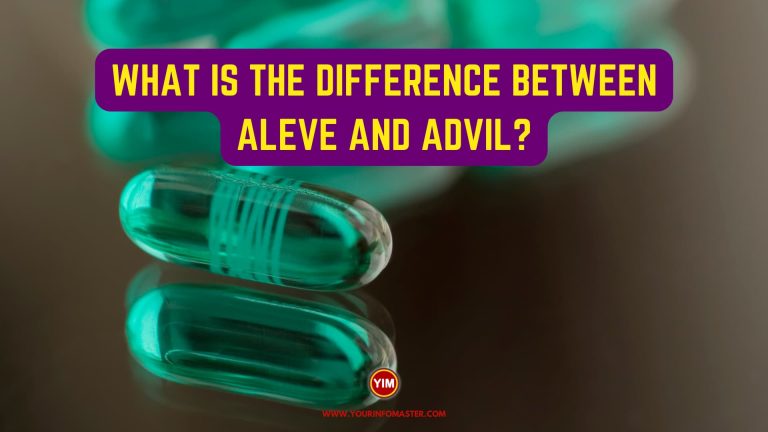I am going to explain the blog post “What is the difference between Subsidized and Unsubsidized Student Loans?“
Are you a student looking for financial aid to pursue your education? Understanding the difference between subsidized and unsubsidized student loans is crucial for making informed decisions about your borrowing options.
In this article, we will explore the disparities between these two types of loans and help you gain a clear understanding of their features and implications. So, let’s delve into the key differences between subsidized and unsubsidized student loans.
Check also: What is the difference between a savings and a checking account?
5 Differences Between Subsidized and Unsubsidized Student Loans
Here is a comprehensive list of five important differences between subsidized and unsubsidized student loans:
- Interest Accrual
- Eligibility Requirements
- Loan Limits
- Need-Based vs. Non-Need-Based
- Financial Responsibility
Check also: What is the difference between Adjectives and Adverbs?
Detail of 5 Differences between Subsidized and Unsubsidized Student Loans
Here is the detail of 5 differences between Subsidized and Unsubsidized Student Loans:
Interest Accrual
Subsidized Loans: The key benefit of subsidized loans is that the government pays the interest while the borrower is in school at least half-time, during deferment periods, and during the grace period after graduation. This means that the loan balance does not increase during these periods, reducing the overall cost of borrowing.
Unsubsidized Loans: In contrast, with unsubsidized loans, interest begins accruing from the moment the loan is disbursed. The borrower is responsible for paying the interest, even while in school or during deferment periods. As a result, the loan balance can significantly increase over time.
Eligibility Requirements
Subsidized Loans: Subsidized loans are need-based, meaning that the borrower’s financial need is a determining factor. To qualify for subsidized loans, students must demonstrate financial need based on the information provided on the Free Application for Federal Student Aid (FAFSA).
Unsubsidized Loans: Unsubsidized loans are not based on financial need. Eligibility for unsubsidized loans is not determined by income or financial need. Any eligible student, regardless of their financial situation, can apply for and receive unsubsidized loans.
Loan Limits
Subsidized Loans: The loan limits for subsidized loans are typically lower than those for unsubsidized loans. The exact amount of subsidized loans available to a student depends on their grade level, dependency status, and financial need.
Unsubsidized Loans: Unsubsidized loans generally have higher loan limits compared to subsidized loans. These loan limits are not based on financial need and are determined by factors such as the student’s grade level and dependency status.
Need-Based vs. Non-Need-Based
Subsidized Loans: Subsidized loans are exclusively awarded to students with demonstrated financial need. The need-based nature of these loans ensures that they are targeted toward students from lower-income households who require financial assistance to pursue their education.
Unsubsidized Loans: Unsubsidized loans are non-need-based, meaning they are available to all eligible students regardless of their financial needs. These loans are a viable option for students who may not qualify for subsidized loans or require additional funds beyond their subsidized loan limits.
Financial Responsibility
Subsidized Loans: With subsidized loans, the government assumes the responsibility for paying the interest during specified periods. This helps alleviate the immediate financial burden on the borrower, as the interest does not accumulate while in school or during deferment.
Unsubsidized Loans: In the case of unsubsidized loans, the borrower is responsible for paying all accrued interest. This means that the borrower has a greater financial responsibility, as the interest continues to accumulate throughout the life of the loan. It is important for borrowers to factor in the cost of interest and plan for repayment accordingly.
Check also: What is the difference between Pfizer and Moderna?
Conclusion
Understanding the differences between subsidized and unsubsidized student loans is crucial for students seeking financial aid. Subsidized loans offer the advantage of interest paid by the government, while unsubsidized loans require borrowers to pay interest throughout the loan period.
Consider your financial situation and borrowing needs to make an informed decision about which loan type aligns with your educational goals and financial capabilities.
See also: What is the difference between a Copayment and Coinsurance?
If you really enjoyed the article “What is the difference between Subsidized and Unsubsidized Student Loans?,” then I would be very grateful if you’d help it spread by emailing it to your friends or sharing it on Twitter, Instagram, or Facebook. Thank you!
Have you read “What is the Difference between Subsidized and Unsubsidized Student Loans?“ Which of these blogs are you reading, and how is it similar to one of them?
Read More
- What is the difference between wordpress.com and wordpress.org?
- What is the difference between Whole Life and Term Life Insurance?
- What is the difference between the i5 and i7 Processor?
- What is the difference between Aleve and Advil?
- What is the difference between Depression and Clinical Depression?







